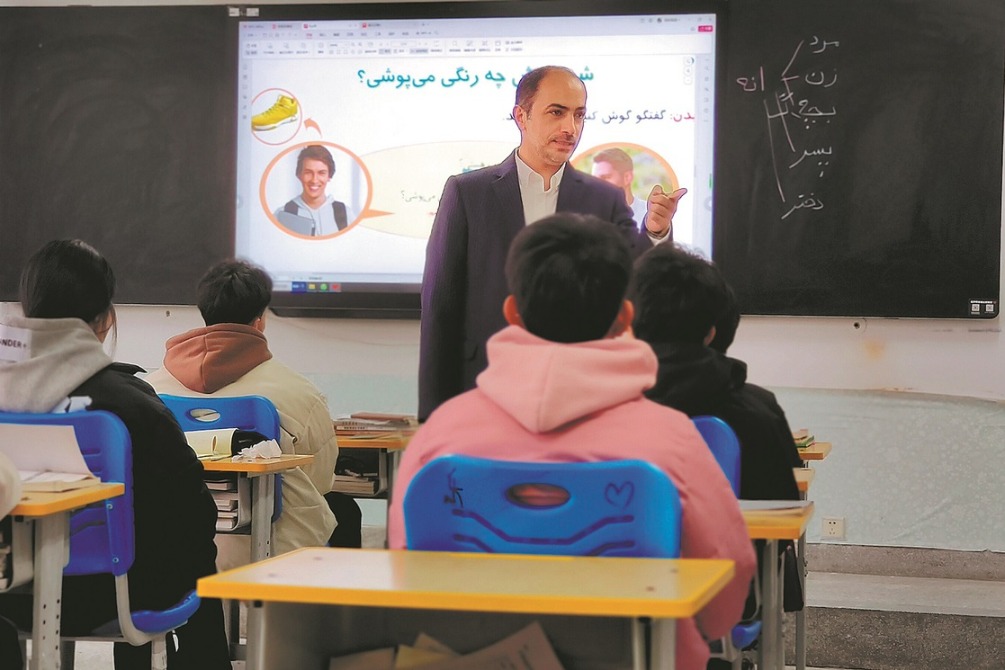A school unique in character and contribution to rural children's future
By Sun Ruisheng/Li Yang | China Daily | Updated: 2022-09-10 10:24

Unlike most primary schools in the country whose students live in nearby neighborhoods, the Sandun Primary School in Datong, Shanxi province, is a boarding school with only 12 students-nine from Shanxi and three from the Inner Mongolia autonomous region.
Bordering Sandun village in the north is the autonomous region with the Great Wall built during the Ming Dynasty (1368-1644) serving as the boundary between Shanxi and Inner Mongolia. The Sandun Primary School is the only one in the vast sparsely populated region-the nearest school is about 60 kilometers away-which used to be the northern border of the Ming Dynasty.
So fulfilling all the requirements of the students is an important part of the remaining nine teachers of the school, with Yao Jian, in his mid-50s, serving as the headmaster. Yao, who has been teaching at the school since 2000, and his wife, also a teacher at the school since 2004, are the longest serving teachers of the school.
Almost all the 12 students are left-behind children who used to live with their grandparents because their parents work in cities as migrant workers. Yao bought a minivan 11 years ago and uses it as a school bus to pick up the students one by one from their home and ferry them to the school on Monday morning, and drop them back home on Friday evening.
The school had more than 80 students in the late 1990s. Yao, who graduated from a teachers' college in 1998, sought a transfer to the school in 2000 so he could take care of his parents and pregnant wife, who lived near Sandun village at the time. With more and more migrant workers taking their children along with them to the cities where they work, the number of students in the school has been declining. Some teachers, too, left the school in search of better paying jobs.
"I come from a poor countryside and know how important education is for village children. So I will continue teaching in the school till the last student is left," Yao said.
Compared with the schools in cities, the conditions of village schools were much worse in the late 1990s. Yao recalled his first job at Erdaogou village school, 60 kilometers away, after graduation. "There were 28 students and only one teacher before I was assigned to work there. The old teacher taught all the subjects, and some students had to bring stools from home to the school because there weren't enough chairs or benches in the school."
























